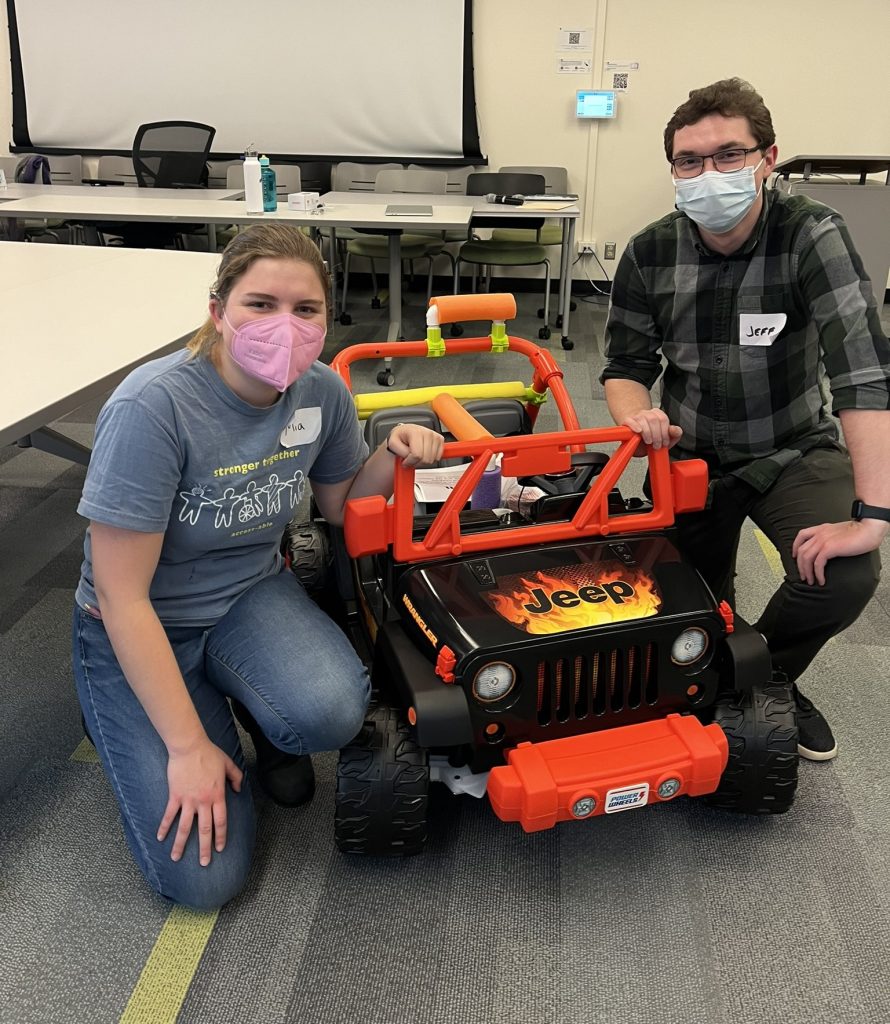Last week the Steele Lab celebrated National Biomechanics Day (NBD) on April 3, 2024 at the VA Puget Sound. Mia Hoffman, Sasha Portnova, and Katie Landwehr, alongside fellow Biomechanics researchers with the Ingraham Lab, and Center for Limb Loss and MoBility (CLiMB) hosted over 75 students from a local high school.
NBD is a world-wide celebration of Biomechanics in its many forms for high school students and teachers. Steele Lab PhD student Mia Hoffman, and Ingraham Lab PhD student Annika Pfister were recently awarded a $1000 grant from the American Society of Biomechanics and National Biomechanics Day to host an outreach event for high school students focused on disability biomechanics.
Mia and Katie hosted a station on “Switch-Adapted Toys & Accessible Design”



Sasha, Annika, and Zijie hosted a station on “Myodino: Activate your Muscles”




















